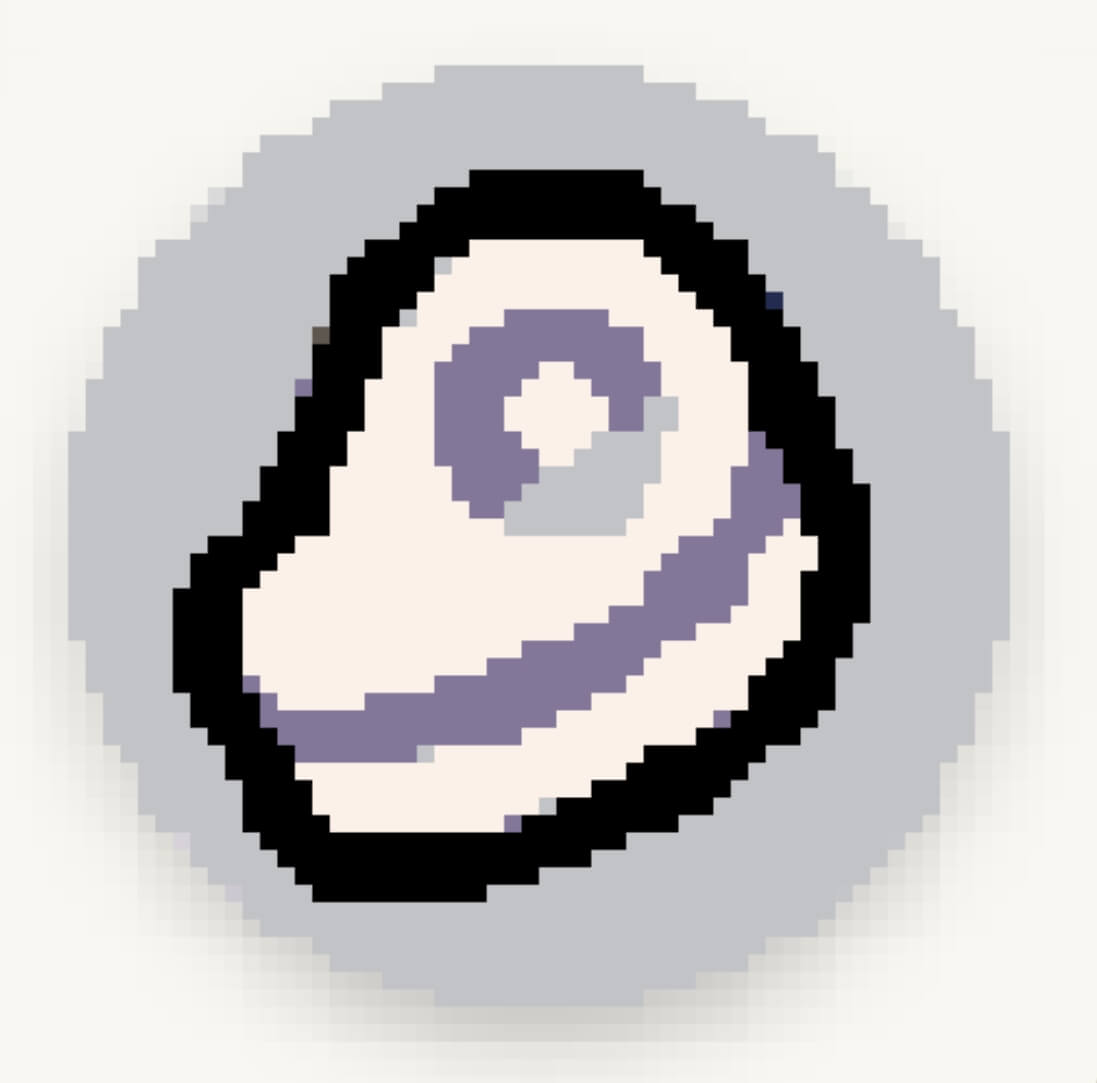Wplace Paint — finish pixel art precisely
Wplace Paint is the precision layer that follows Wplace Pixel. Convert any photo with Wplace Pixel into a crisp, grid-locked baseline, then refine it in Wplace Paint: remap palettes, clean outlines, balance contrast, and snap everything to the grid without breaking pixel character. This page is a landing hub for the keyword Wplace Paint. Try the pipeline now — upload below to run the Wplace Pixel step, then continue with Wplace Paint best practices.

Why Wplace Paint matters
Pixel art thrives on deliberate limits. Wplace Paint lets you refine within those limits and guarantees deterministic outputs. It preserves the strict grid from Wplace Pixel, prevents accidental anti-merge strokes, and keeps edges razor-sharp across layers. Teams can align on the same palette, the same ramp structure, and the same export conventions — what you approve is what you ship.
Palette remap
Normalize colors across assets. Wplace Paint encourages three-to-five step ramps, classic palettes, and consistent gamma. You can swap ramps without losing intent, and keep results reproducible.
Outline and grid
Protect the shape language. Grid snapping and onion layers remove subpixel blur. Outlines remain crisp even after edits, maintaining the retro identity established by Wplace Pixel.
Contrast & highlights
Improve readability with controlled contrast. Add highlights and shadows that respect the palette and the grid — no hidden AA, no unwanted blending, just clean, readable sprites.
How Wplace Paint fits the pipeline
- Convert with Wplace Pixel: choose resolution, palette, and optional dithering. Get an SSR-backed, grid-locked baseline that’s deterministic.
- Refine with Wplace Paint: palette remap, outline cleanup, ramp balance, grid alignment, and subtle contrast passes.
- Automate with Wplace Script: batch presets, CI-friendly exports, sprite-sheet manifests, and thumbnail delivery.
The trio of Wplace Pixel, Wplace Paint, and Wplace Script creates a feedback loop that is fast and consistent. Artists stay expressive; outputs stay repeatable.
Use cases for Wplace Paint
Avatars & stickers
Convert selfies with Wplace Pixel, then enhance readability in Wplace Paint. Keep colors on-brand and export social-ready PNGs or animated variants without breaking pixels.
UI icons & badges
Create consistent pixel icon sets. Wplace Paint’s grid discipline keeps icons crisp on any background; palette remaps maintain brand harmony across themes.
Game sprites & sheets
From single sprites to sheets, Wplace Paint preserves outline integrity and ramp coherence. You can export manifests and deliver engine-ready assets with minimal hand tuning.
Marketing banners
Pixel banners need punchy contrast. Use Wplace Paint to push highlights while respecting the palette. The result is authentic, retro, and impactful on modern screens.
FAQ about Wplace Paint
Is Wplace Paint only for pros?
No. Start with Wplace Pixel for instant conversion, then make small, safe adjustments in Wplace Paint. The grid and palette constraints keep results consistent for everyone.
Can I keep outputs reproducible?
Yes. Wplace Paint and Wplace Pixel are deterministic. Pair with Wplace Script to run the same presets headlessly.
Which palettes does Wplace Paint suggest?
Classic sets like PICO‑8, Game Boy, and DB16 — plus your custom ramps for brand palettes.
Start the Wplace Pixel → Wplace Paint flow
Upload a photo above, choose a palette, download or share your pixel result, then iterate in Wplace Paint.
Wplace Paint and Wplace Pixel are part of the wplace.art pipeline, designed for speed and precision.
Best practices for Wplace Paint
Begin with silhouettes. If the shape reads at 1–2 meters away, details will hold at any export size. Use Wplace Pixel to establish the silhouette and primary value groups, then switch to Wplace Paint for controlled adjustments. Prefer cluster‑first editing: merge stray single pixels into coherent blocks before tweaking colors. When defining ramps, allow subtle hue shifts — cooler shadows, warmer highlights — but keep each ramp to three to five steps. This provides enough gradation to model form without inviting anti‑aliasing or banding. Avoid diagonal “stair” AA unless absolutely necessary; most readability comes from contrast placement, not gradient blur.
Treat outlines as design elements. Interior lines can be one step lighter than the outer contour to separate planes without adding thickness. For sprites that must sit on unknown backgrounds, test on dark, mid, and light swatches. Wplace Paint makes this quick: flip preview backgrounds and check for vibrating edges. For accessibility and brand consistency, freeze palette IDs per project, and document the ramp order (dark → light). This keeps team work interchangeable with Wplace Script and prevents accidental drift during reviews.
Export deliberately. Decide the “source of truth” size, then generate delivery sizes with exact integer scaling only (×2, ×3, ×4…). Fractional scaling introduces blur. Name assets with resolution suffixes and palette tags, for example: avatar_64_PICO8.png. When in doubt, prioritize clarity over ornament. Wplace Paint exists to help you make fewer, stronger decisions — and to repeat them perfectly on every asset in your set.
